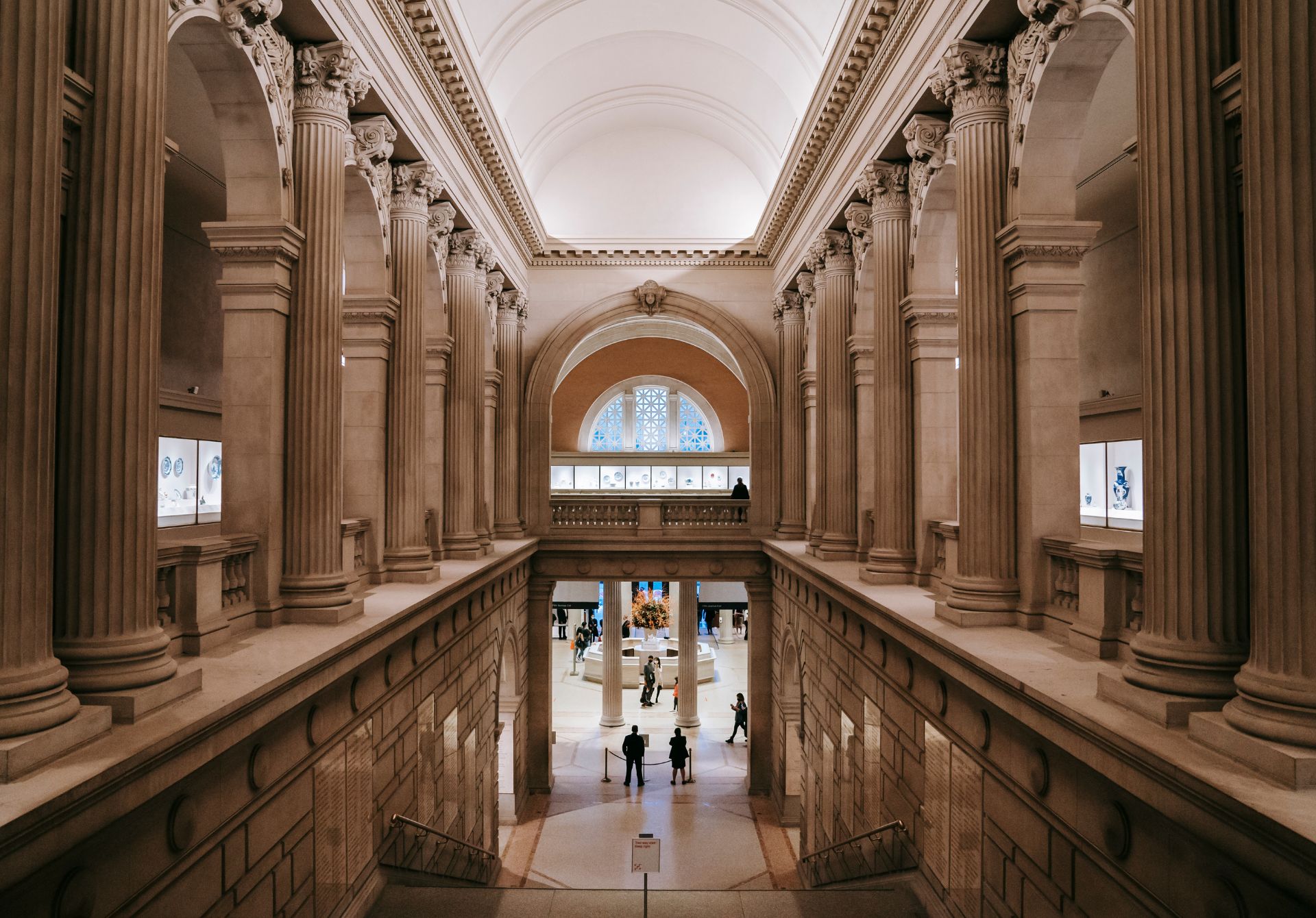Founded in 1870 by a group of American citizens, businessmen, and artists, the Metropolitan Museum of Art has evolved into one of the world’s most prestigious cultural institutions. The museum first opened its doors in 1872 in a temporary location on Fifth Avenue. The iconic current building, designed in the Beaux-Arts style, began construction in 1880 and has undergone numerous expansions to become the massive complex we know today, spanning over 2.2 million square feet.
Unparalleled Collections
The Met houses over 2 million works of art spanning 5,000 years of human creativity. The permanent collection is divided into seventeen curatorial departments, each representing different cultures and time periods. Notable highlights include the Temple of Dendur, an actual Egyptian temple from 10 BCE, the extensive collection of European paintings featuring works by Vermeer, Rembrandt, and Van Gogh, and the recently renovated American Wing, showcasing the evolution of American art and design.
Architectural Marvel
The museum’s Fifth Avenue building represents one of New York’s most impressive architectural achievements. Designed by architects Calvert Vaux and Jacob Wrey Mould, the building features a magnificent Great Hall, the grand staircase, and the recently renovated European Paintings Galleries. The rooftop garden, offering panoramic views of Central Park and the Manhattan skyline, has become a favorite spot for visitors and hosts seasonal installations by contemporary artists.
Educational Impact and Public Engagement
The Met serves as a vital educational resource, welcoming approximately 6.5 million visitors annually (pre-pandemic figures). The museum offers over 27,000 educational programs yearly, including guided tours, lectures, workshops, and family programs. The Met’s digital presence has also expanded significantly, with the launch of Open Access in 2017, making over 375,000 images of public-domain artworks freely available for unrestricted use.
Financial Structure and Operations
Operating as a private non-profit organization, the Met maintains a complex funding structure combining public and private support. The museum’s endowment, valued at over $3.3 billion, provides crucial financial stability. Since 2018, the museum has implemented a fixed admission fee for non-New York residents while maintaining a “pay-what-you-wish” policy for New York State residents and students from the tri-state area.
Cultural Impact and Contemporary Relevance
Beyond its role as a repository of art, the Met has become a cultural phenomenon, hosting the annual Met Gala, which has evolved into one of the most significant events in the fashion calendar. The museum continually works to remain relevant through innovative programming, digital initiatives, and contemporary art acquisitions. Recent efforts have focused on diversifying collections and perspectives, addressing historical imbalances in representation.
The Metropolitan Museum of Art stands as more than just a museum; it represents a living chronicle of human creativity and achievement. Through its vast collections, educational programs, and cultural initiatives, the Met continues to fulfill its mission of connecting people to creativity, knowledge, and ideas. As it approaches its 150th anniversary, the institution remains at the forefront of the global cultural landscape, adapting to changing times while preserving its core mission of artistic excellence and public education.
